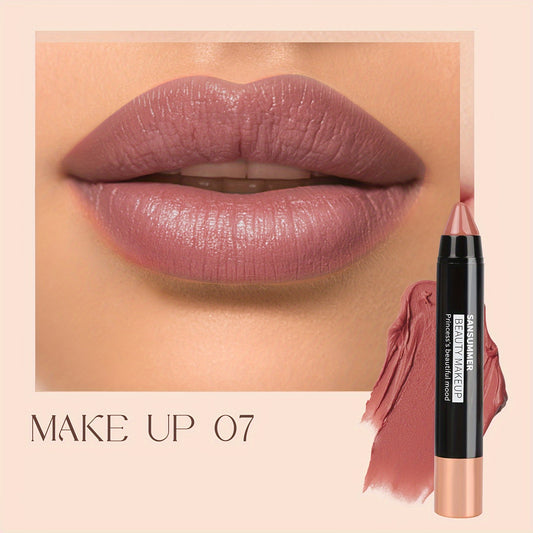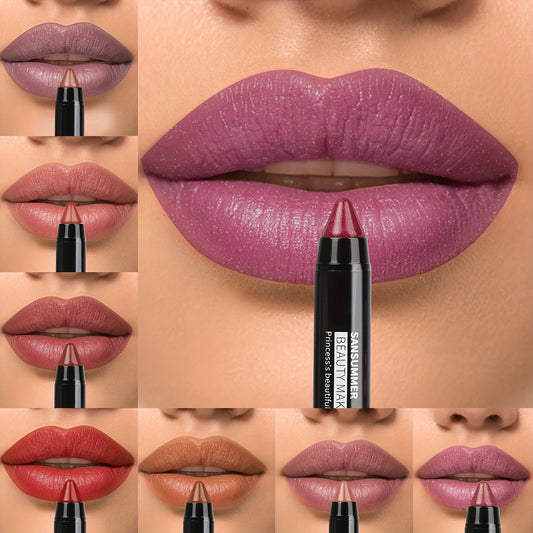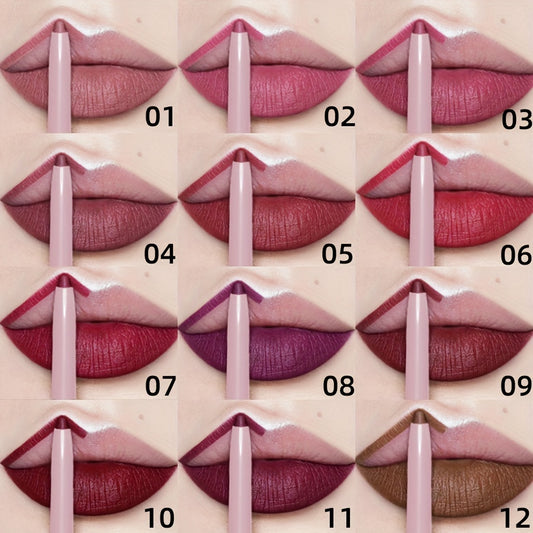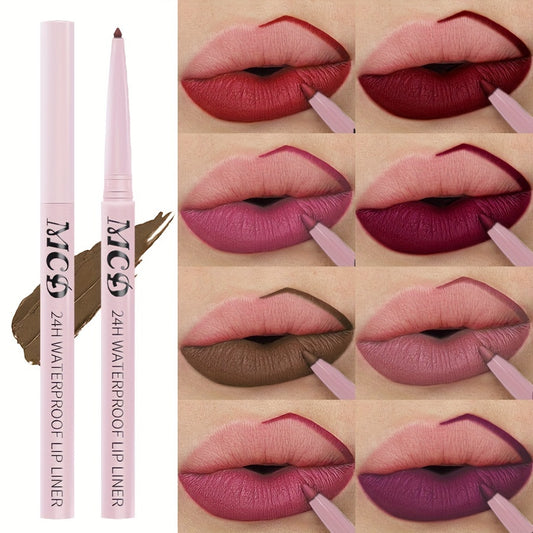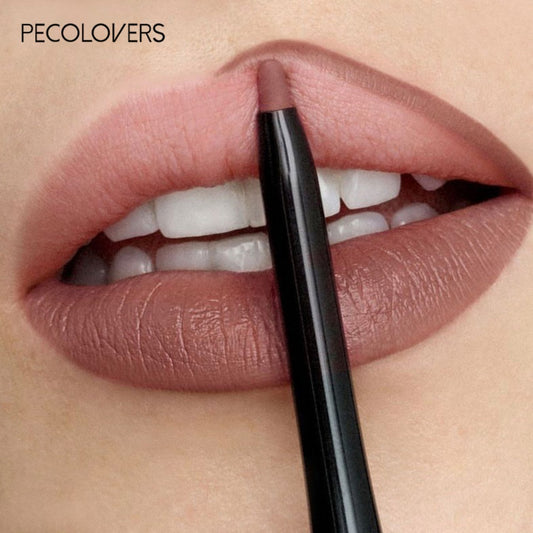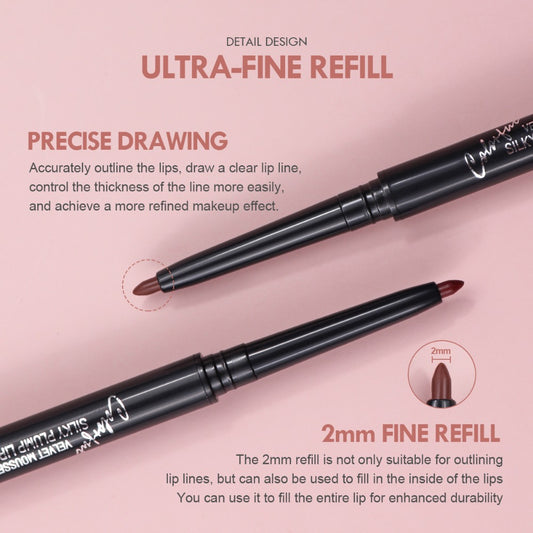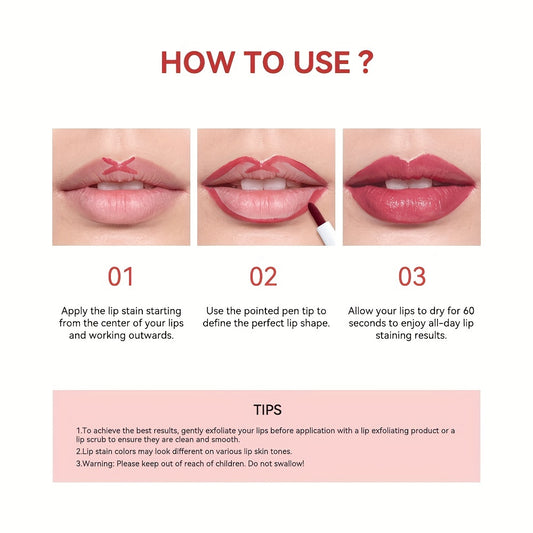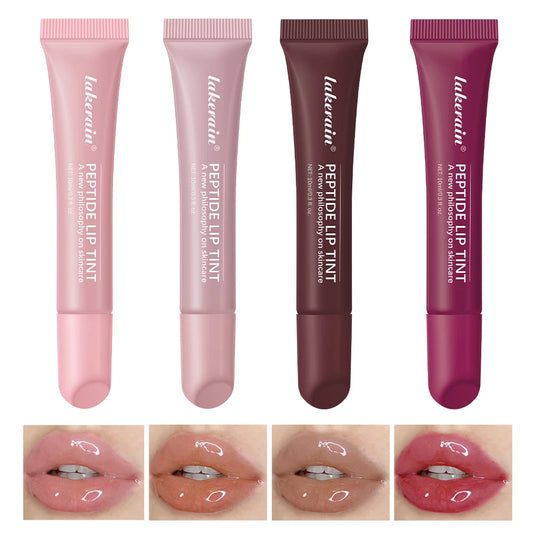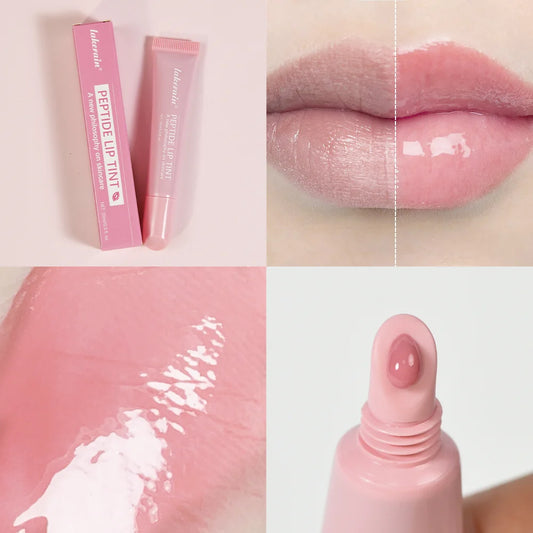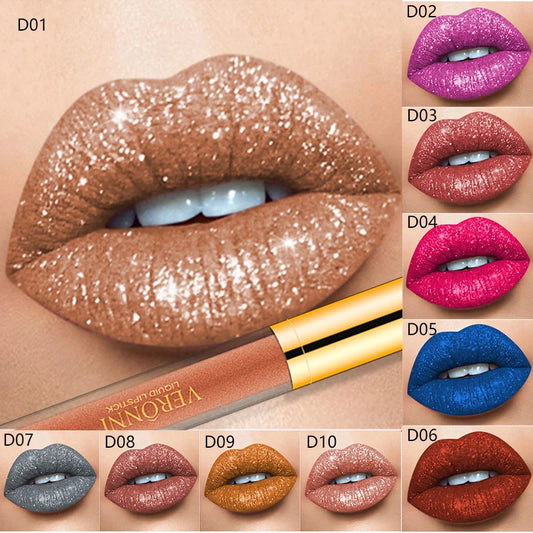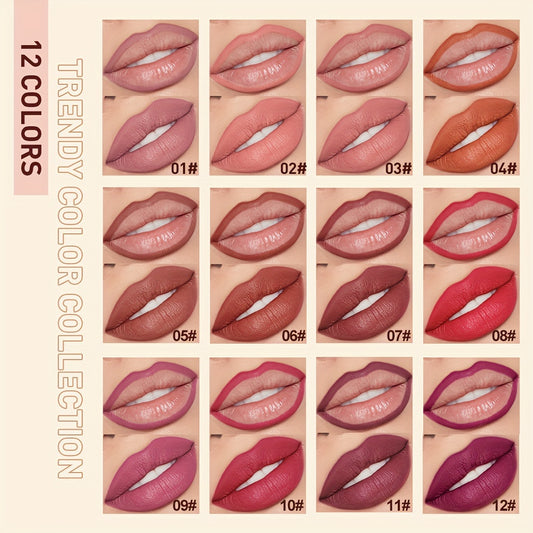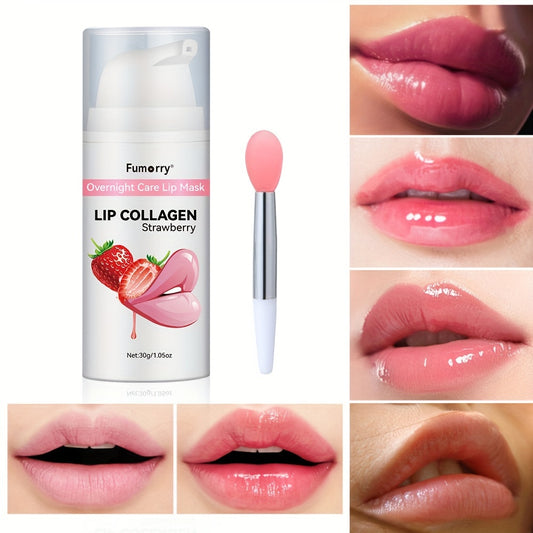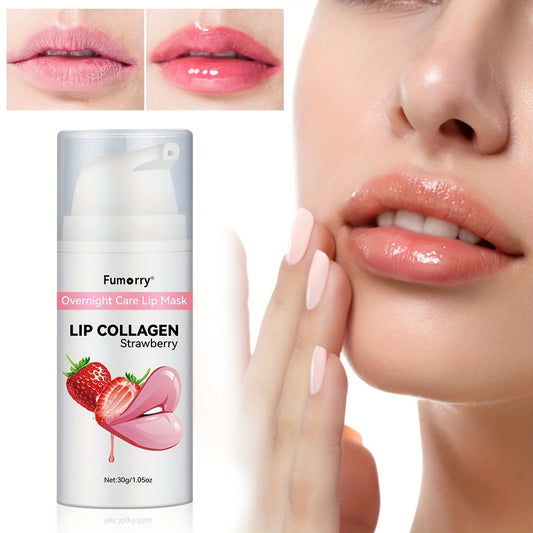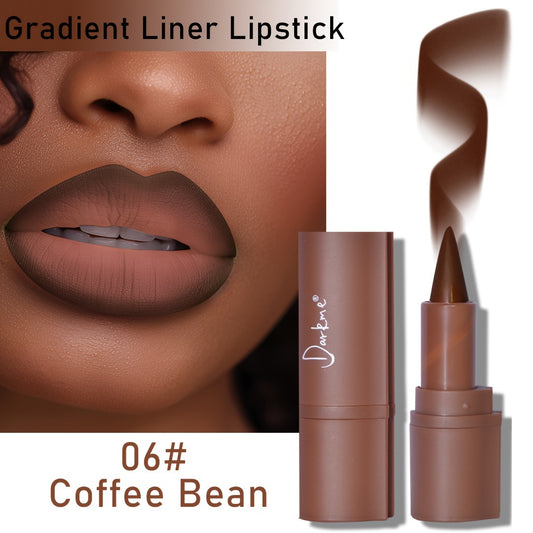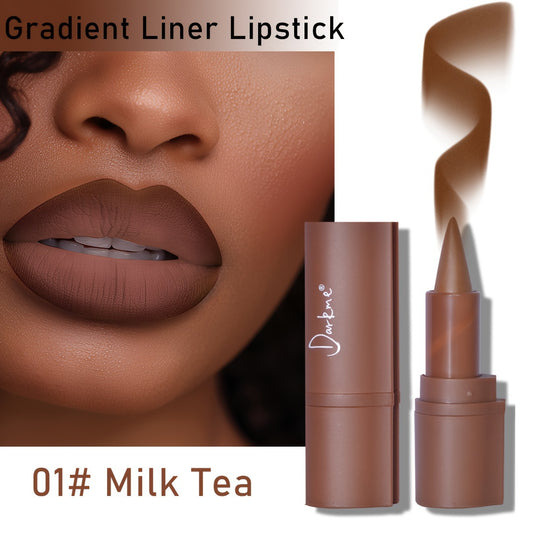How to Choose the Best Around Eyes Cream for Dark Circles and Puffiness in 2025
Share
Finding the right around eyes cream for dark circles and puffiness can feel like a never-ending search. There are so many options out there and everyone’s skin is a little different. Some days, it looks like I got eight hours of sleep, and other times, I look like I haven’t rested in a week. Between genetics, late nights, and the weather, the skin under our eyes takes a beating. The good news is, with the right ingredients and a little know-how, you can pick a cream that actually helps. Here’s a straightforward guide to choosing the best around eyes cream in 2025.
Key Takeaways
- Know what’s causing your dark circles and puffiness—sometimes it’s genetics, sometimes it’s just a rough week.
- Look for creams with ingredients like vitamin C for brightening, hyaluronic acid for hydration, and caffeine or peptides for puffiness.
- Pick a formula that matches your skin type—richer creams for dry skin, lighter gels or serums for oily skin, and fragrance-free for sensitive types.
- If you want something gentle, check out clean or organic options, and always scan the label for irritants, especially if your skin is touchy.
- For best results, apply your around eyes cream at the right time (usually before bed), use gentle tapping motions, and consider an eye massage tool for extra de-puffing.
Understanding the Causes of Dark Circles and Puffiness

Getting to the bottom of why your eyes look tired or puffy is the first step to picking the right cream. It isn’t just about late nights or stress, though those don’t help. There’s more going on under the surface that makes some people more likely to notice shadows or swelling around their eyes.
Genetics and Aging Factors
- Your DNA plays a major role in how your under-eyes look, even when you're rested.
- As the years go by, the skin around your eyes thins. This can make the blueish blood vessels underneath show through more clearly.
- Some people naturally have more pigment under their eyes, which can make circles seem darker.
- Aging also slows down collagen production, so the area may look less firm or plump, making puffiness stand out.
Lifestyle and Environmental Influences
- How you live day-to-day stacks up over time and can make a big difference in your skin.
- Habits like smoking or skipping sunscreen can speed up aging and darkening under the eyes.
- Air pollution and time in the sun without protection both impact skin color and texture in this area.
Common Lifestyle Contributors
- Smoking and alcohol use
- Not using sunscreen or wearing sunglasses
- Stress and eating a lot of salty foods
- Rubbing your eyes, which can damage delicate skin
The Impact of Sleep and Hydration
- Not getting enough sleep is a classic reason for bags and darkness, but the real issue is usually how tiredness affects blood flow under the skin.
- When you’re even a little dehydrated, the body naturally retains more fluid, making puffiness more noticeable first thing in the morning.
- Drinking plenty of water and getting enough rest are simple but often forgotten fixes for tired-looking eyes.
| Factor | Effect on Under-Eye Area |
|---|---|
| Lack of Sleep | Blood pools, dark circles form |
| Dehydration | Skin looks dull, bags puffier |
| High-salt Diet | Fluid retention, worsens puffiness |
If you constantly notice dark circles, think about your habits, genetics, and sleep—not just your skin-care routine. Sometimes, the shadows and swelling are just signs your body’s telling you it needs a little more care inside and out.
Essential Ingredients to Look for in an Around Eyes Cream
Picking an eye cream isn’t just about grabbing whatever’s on sale at the drugstore. The stuff that actually makes a difference comes down to its ingredients. The right formula can help brighten, hydrate, and smooth out the under-eye area in a way basic moisturizers simply can’t. Here’s what to look for on the back of that tiny tube or pot:
Brightening Agents Like Vitamin C
If dark circles are your main headache, look for creams with vitamin C or similar brightening compounds—think niacinamide or licorice root extract. These help fade discoloration and give the under-eye skin a little more life. Results aren’t overnight, but with daily use, you may notice your eyes don’t look as tired as they used to.
Hydrating Compounds Including Hyaluronic Acid
Hydration is the backbone of any good eye cream. Hyaluronic acid and glycerin act like tiny sponges, pulling moisture into the skin. This plumping effect makes fine lines look less obvious and keeps that fragile eye area from drying out by midday. Ceramides also make an appearance in better formulas, repairing the skin barrier so hydration doesn’t escape.
- Hyaluronic Acid: Intense hydration, plumps and smooths
- Glycerin: Supports moisture all day
- Ceramides: Maintain a healthy skin barrier
Depuffing Ingredients such as Caffeine and Peptides
Woke up with bags? Caffeine temporarily tightens things up by shrinking blood vessels, so you look more, well, awake. Peptides help firm skin and encourage new collagen, which fights that saggy look. Some formulas go further, with anti-inflammatory botanicals to calm puffiness, especially in the morning.
| Ingredient | Main Benefit |
|---|---|
| Caffeine | Reduces puffiness |
| Peptides | Firms skin |
| Green Tea | Soothes and deflates |
Nourishing and Barrier-Strengthening Additives
The skin under your eyes is thin and takes a beating—between squinting, rubbing, and running on six hours of sleep. A good cream will have nourishing oils (like squalane or jojoba), barrier-boosters like panthenol, or gentle antioxidants. These help support healing and stop more damage from piling on—especially if you’re dealing with redness or flakiness.
- Squalane: Lightweight moisture, doesn't feel greasy
- Panthenol: Calms irritation, helps strengthen skin
- Vitamin E: Protects against daily stress
If the ingredients list is full of words you can’t pronounce, that’s a red flag. Stick with the ones your skin recognizes, and you’re a lot less likely to end up with a rash or clogged pores under your eyes.
Choosing the Right Formula for Your Skin Type
Walking down the skincare aisle, it's easy to feel overwhelmed by the sheer number of around eyes creams. The truth is, picking the wrong formula can actually make things worse for your under-eye area. So, it's worth figuring out which cream is a match for your unique skin needs.
Options for Dry and Sensitive Skin
- Prioritize eye creams rich in hydrating agents like hyaluronic acid and glycerin.
- Look for formulas with ceramides, which help restore and support the skin barrier.
- Avoid creams packed with fragrances or harsh preservatives—they can trigger irritation right where your skin is thinnest.
| Skin Type | Best Texture | Key Ingredients | Avoid |
|---|---|---|---|
| Dry/Sensitive | Creamy, rich | Glycerin, ceramides, hyaluronic | Fragrance, alcohol |
If your skin is easily irritated by most products, stick to gentle, minimalist formulas and always do a patch test first.
Best Picks for Oily or Combination Skin
- Gel-based and lightweight serums are ideal, as they absorb quickly and won’t leave a greasy finish.
- Ingredients like niacinamide help balance oil production.
- Some lighter formulas use caffeine and peptides to reduce puffiness without clogging pores.
| Skin Type | Ideal Formula | Ingredient Boosters |
|---|---|---|
| Oily/Combination | Gel, lightweight serum | Niacinamide, caffeine |
- If you're concerned about your skin's changing needs, you aren't alone—seasonal shifts can bring dryness or extra oil, so switch up your cream when necessary.
Rotating Formulas with Seasonal Changes
- In winter, thicker creams with added moisturizers are often needed.
- When it gets humid or hot, a lighter gel or lotion usually feels less suffocating around the eyes.
- Don’t be afraid to alternate between two products, using a richer one at night and a lighter formula in the morning.
During those seasonal transitions, remember how you treat your lips also changes—just as a moisturizing Luminous Lip Revival Scrub works better when lips are at their driest, swapping your under-eye products as the weather shifts can make all the difference.
- Always listen to your skin, and don't stick with a product if it stops working or starts causing irritation.
Finding the right under-eye cream isn’t a one-and-done situation; it’s all about paying attention to your skin’s mood swings and being willing to adjust.
Matching Around Eyes Creams to Your Primary Concern
Some people wake up every day with dark circles that just don’t seem to go away. If that’s your main hang-up, you’ll want a cream loaded with brightening agents. Look for ingredients like vitamin C, niacinamide, and licorice root extract—they aren't just buzzwords; they're actually proven to help fade discoloration under the eyes.
- Go for formulas with stabilized vitamin C, since it holds up better over time.
- Niacinamide can help lighten those purple or blue tones over a few weeks.
- Tiny amounts of retinol (formulated for eyes) can help, too, though be careful if you have sensitive skin.
| Ingredient | Benefit | Works Best For |
|---|---|---|
| Vitamin C | Brightens, reduces dullness | Blue or brown dark circles |
| Niacinamide | Fades pigmentation | Stubborn, persistent circles |
| Retinol (low dose) | Supports cell turnover | Long-term improvement |
Brightening creams need a little patience. Don’t give up after one or two nights—results often show up after several weeks of regular use.
Solutions for Puffiness and Bags
Puffiness is usually worse in the morning and is often caused by fluid buildup or lack of sleep. Whether yours comes from genetics, late-night snacks, or allergies, some creams can make a real difference.
- Look for caffeine—it temporarily tightens skin and reduces swelling.
- Peptides help the skin hold firm and may reduce under-eye bags if used morning and night.
- Cold-application tips help, too; some eye creams come with a metal applicator designed to cool and calm the area.
Here’s a quick look at effective ingredients for puffiness:
| Ingredient | How It Helps |
|---|---|
| Caffeine | Reduces swelling |
| Peptides | Firms and supports skin |
| Green tea extract | Calms and soothes |
- Pat the cream gently from the inner corner outward—don’t rub or tug, as this can worsen puffiness.
- Storing your cream in the fridge can offer extra depuffing power.
- Use a cold spoon or an eye roller for a little DIY boost.
Addressing Fine Lines and Wrinkles
Fine lines around the eyes? Happens to everyone eventually. For these, you want a cream with a mix of moisture and mild actives.
- Hyaluronic acid fills in lines by drawing in water, making skin look plumper almost instantly.
- Peptides are good here, too, because they can trigger the skin to make more of its own collagen.
- Ceramides and squalane help rebuild the protective barrier, so skin stays smooth and soft.
Common ingredients that target lines:
| Ingredient | What It Does |
|---|---|
| Hyaluronic Acid | Hydrates, plumps skin |
| Peptides | Boosts firmness |
| Ceramides | Repairs skin barrier |
Fine lines take time to soften, but a good eye cream can make a difference. The most important part is sticking with it—consistency is key, even if it feels like nothing’s happening at first.
Navigating Clean, Organic, and Sensitive-Skin Formulas
Choosing the right around eyes cream when you’ve got sensitive skin—or when you want only the purest ingredients—can feel a little overwhelming these days. The beauty aisle has exploded with "clean," "organic," and "hypoallergenic" labels, but not all are created equal. If you want to treat dark circles and puffiness without risking redness, irritation, or stinging, it’s definitely worth reading the fine print and knowing what you're looking for.
Benefits of Natural and Nontoxic Ingredients
- Plant-based oils (like squalane or rosehip) lock in hydration without clogging pores or aggravating delicate skin.
- Extracts such as green tea and calendula gently calm, reduce swelling, and support healthy barrier function.
- Clean formulas usually skip potentially harsh chemicals—so you get the benefits of active ingredients, minus the risk.
Here’s a simple comparison table of common clean and nontoxic ingredients versus what they might replace:
| Clean Ingredient | Usual Benefit | Typical Synthetic Alternative |
|---|---|---|
| Rosehip Oil | Hydration, calming | Mineral oil |
| Green Tea Extract | Antioxidant, soothing | Synthetic antioxidants |
| Aloe Vera | Cooling, anti-irritant | Artificial coolants |
Some of the mildest eye creams rely on short, recognizable ingredient lists. When you spot things like coffee extract, oat, or shea butter, there’s a good chance your under eyes will be happy too.
Avoiding Common Irritants Around the Eyes
The skin under our eyes is thinner and more reactive than anywhere else on our face. To keep it comfortable:
- Skip synthetic fragrance or essential oils—these are the top triggers for sensitivity and can even cause long-term dryness.
- Ditch parabens, sulfates, and drying alcohols whenever possible.
- Watch for potent actives (like high concentration retinoids) unless they're specifically marked as suitable for sensitive skin.
Finding Fragrance-Free and Hypoallergenic Options
- Fragrance-free products are less likely to cause itching or inflammation. Sadly, plenty of so-called unscented creams actually sneak in masking agents, so check labels carefully.
- Look for eye creams marked as "tested for sensitive skin," "dermatologist reviewed," or "ophthalmologist tested."
- For ultra-cautious folks, hypoallergenic, vegan, and cruelty-free certifications often go hand-in-hand with gentle, non-reactive formulas.
Clean and organic eye creams can be a game-changer if you’re prone to flare-ups or simply want peace of mind with what’s going near your eyes. Still, do a patch test first—what works wonders for one person might cause bumps or stinging for someone else.
Maximizing Results from Your Around Eyes Cream
Let’s be real—just buying a fancy cream isn’t enough. The way you use your around eyes cream actually matters if you want to see results. Here’s what you need to know to get the most out of your cream and maybe even trick people into thinking you actually slept last night.
Proper Application Techniques
- Go gentle: Dab a tiny amount (think less than a pea) onto your ring finger. This finger is the weakest, so you won’t tug at that thin skin.
- Start at the inner corners: Tap the cream gently from the inner corner under your eye, moving outward along the orbital bone.
- No rubbing: Rubbing stretches and can damage the delicate skin. Pat instead of swipe.
- Don’t get too close: Stay just under the lower lashes and along the brow bone—creams “travel” as they’re absorbed.
The right technique can make even budget creams work harder. Small tweaks in how you apply may give the gentle area under your eyes a better shot at looking refreshed and less puffy.
Best Time to Apply for Maximum Absorption
You’ve got options, but some times work better than others:
| Time | Why Try It? |
|---|---|
| Morning | Defends against the day, helps with puffiness |
| Night | Most active repair; cream has time to sink in |
| Twice a day | For stubborn circles or serious dryness |
- Always put eye cream on after cleansing but before heavier face creams.
- Some formulas with retinol or exfoliating acids are best at night only.
- If you use makeup, morning application can create a smoother base.
Enhancing Results with Eye Massage Tools
Using a tool can turn your normal routine into a mini spa moment while boosting the effects:
- Try a roller or a metal-tipped applicator for cooling and depuffing.
- Gently roll or glide from inner corner outward—think light, not hard pressure.
- Some tools can help your cream absorb faster, giving more immediate results.
- Tools aren’t required, but if your eyes feel puffy or tired, the cold sensation can make a noticeable difference.
- Cleaning your tools is a must—don’t spread bacteria near your eyes.
Even a minute with a cold spoon or roller can help send you out the door looking more awake, so if you skipped sleep again, this can be a once-in-awhile lifesaver.
In short: how you apply, when you use it, and whether you add a massage step all play into the results you’ll actually see from your eye cream—so don’t rush the process.
What Sets Premium Around Eyes Creams Apart
Premium eye creams usually make some big promises, but what exactly is different about them compared to regular eye creams or just your average face moisturizer? A closer look at formulas, textures, and simple details like packaging can make a world of difference for the sensitive skin around your eyes.
Innovative Multi-Tasking Formulas
Premium treatments often pack several benefits into a single jar or tube. These creams don't just hydrate – they aim to brighten, de-puff, smooth, and protect with one application. Here’s what you’ll usually find:
- Combination of brighteners and anti-aging agents, like vitamin C plus peptides or retinol
- Targeted blends for hydration and firmness in one step
- Calming elements to reduce redness or sensitivity, so you don’t have to sacrifice comfort for results
When you see an eye cream claim "4-in-1" results, it's not an empty buzzword—it's about curated ingredient blends that tackle multiple concerns at once. Check out options like the hand cream and lip balm duos, which are enriched with thoughtful, skin-friendly ingredients.
Texture and Absorption Benefits
Top-tier formulas go beyond just the actual ingredients—they also focus on how the product feels. The texture and how quickly it soaks in aren’t just nice details. They mean less waiting and less chance of irritating delicate skin. Look for:
- Silky gels that disappear instantly
- Satisfying creams that feel plush but never greasy
- Textures that layer under makeup without pilling or shifting
| Texture Type | Benefit for Eye Area |
|---|---|
| Lightweight Gel | Quick absorption, great for mornings |
| Rich Cream | Deep moisture, good for dry skin |
| Serum-Cream Hybrid | Balance of brightening and smoothing |
Packaging Features for Freshness and Ease of Use
Honestly, nobody talks about packaging until they’re annoyed by a messy jar or a tube that leaks. Great eye creams in 2025 pay attention to these everyday frustrations:
- Airless pumps that protect the formula from contamination
- Small, travel-friendly sizes that won’t take up your whole bag
- Ergonomically designed applicators for easy, gentle dabbing
When it comes to eye creams, sometimes the difference between good and great is how quietly the details blend into your routine. "If I don’t have to think about it, that’s how I know I found something that works," as one skincare fan put it.
To sum it up: premium around eyes creams justify their higher price with smart ingredients, soothing textures, and packaging that actually makes life easier. If you’re curious about trying something new, take a look at unique sets that thoughtfully combine quality and practicality for self-care.
Premium eye creams are special because they use better ingredients that are gentle and work fast. They’re made to help with dark circles, puffiness, and fine lines around your eyes. Want to see the difference for yourself? Visit our website to learn more and find the best eye cream for your needs!
Conclusion
So, picking the right eye cream for dark circles and puffiness in 2025 isn’t as complicated as it might seem. It really comes down to knowing your skin type, paying attention to the ingredients, and being honest about your lifestyle. If you’re always running on little sleep or your skin changes with the seasons, you might need to switch things up now and then. Look for creams with things like hyaluronic acid, caffeine, or vitamin C—these are tried-and-true for hydration and brightening. And don’t forget, no cream is a miracle worker. Healthy habits like getting enough sleep, eating well, and drinking water matter just as much. At the end of the day, the best eye cream is the one that fits your routine and makes you feel good when you look in the mirror.
Frequently Asked Questions
What causes dark circles and puffiness around the eyes?
Dark circles and puffiness can be caused by many things like genetics, getting older, not sleeping enough, allergies, or even too much salt in your diet. Sometimes, dehydration or rubbing your eyes a lot can also make these problems worse.
Do eye creams really help with dark circles and puffiness?
Yes, eye creams can help improve how your under-eye area looks, especially if they have the right ingredients like vitamin C for brightening or caffeine for puffiness. But you’ll also need to get enough sleep, drink water, and eat healthy foods for the best results.
How do I pick the best eye cream for my skin type?
If you have dry skin, try a thicker cream with lots of moisture, like one with hyaluronic acid or ceramides. For oily skin, a lighter gel or serum works better. Sensitive skin types should look for creams with gentle, plant-based ingredients and no fragrance.
Can eye creams get rid of dark circles forever?
Eye creams can make dark circles look better, but they might not make them disappear completely, especially if genetics or aging are the main causes. Keeping up with good habits like sleeping well and staying hydrated will help a lot too.
When is the best time to apply eye cream?
The best times to use eye cream are in the morning and at night after you wash your face and before you put on moisturizer. This helps the cream soak in and work better.
Are natural or organic eye creams better for sensitive skin?
Natural or organic eye creams can be good for sensitive skin because they usually have fewer harsh chemicals. Look for ones that are fragrance-free and hypoallergenic to lower the chance of irritation.

